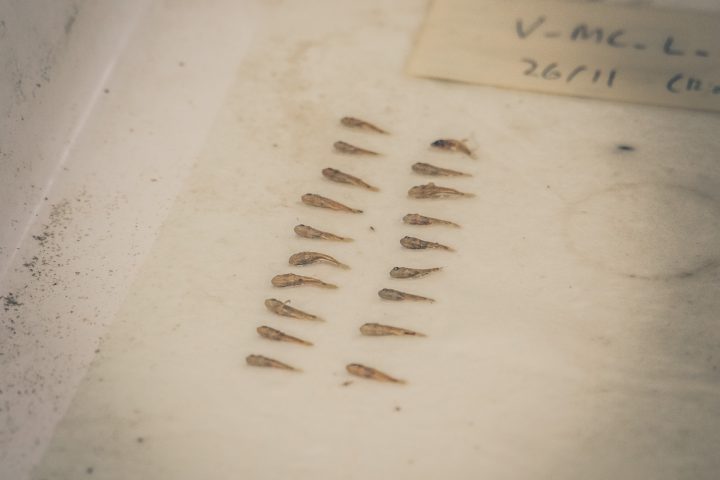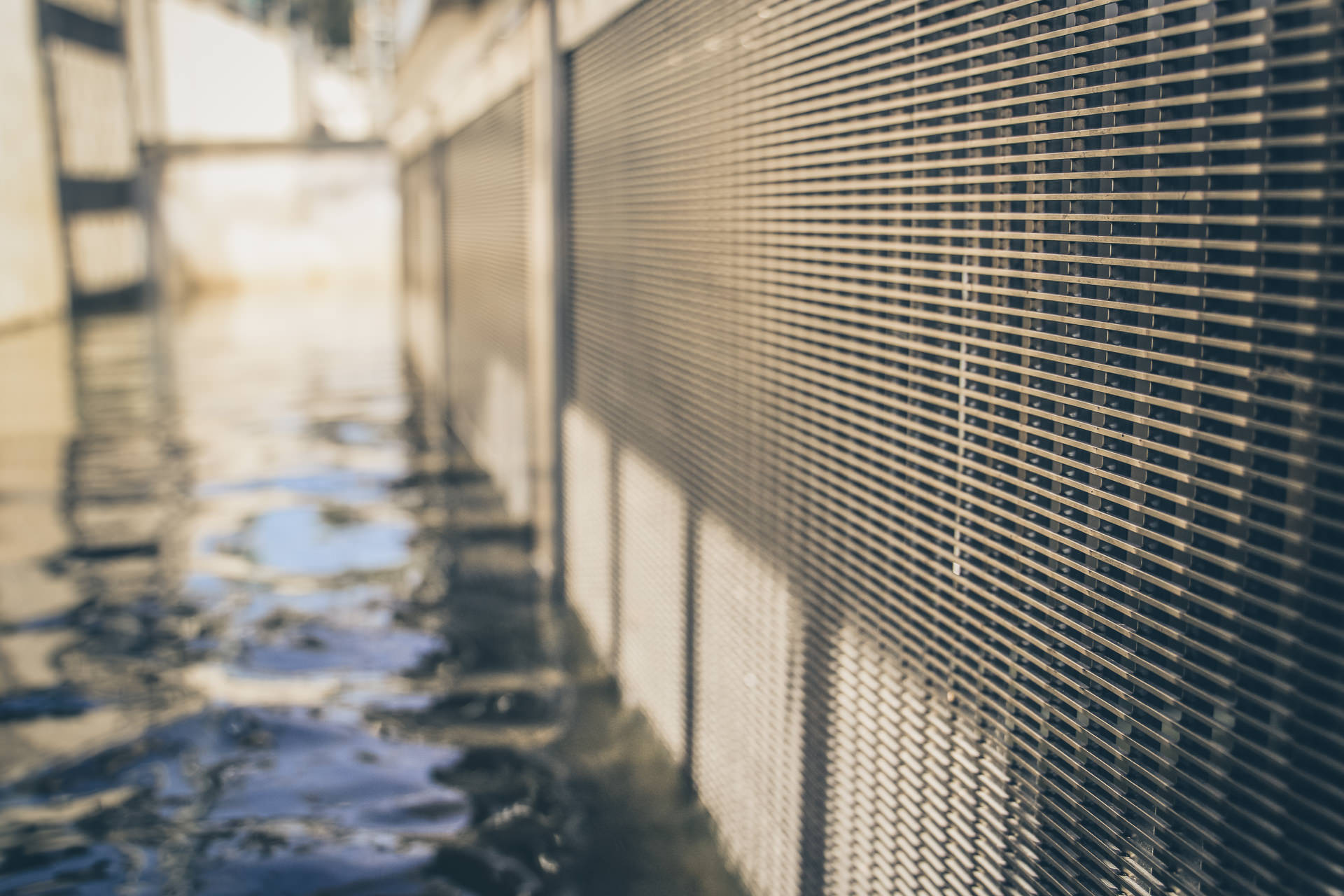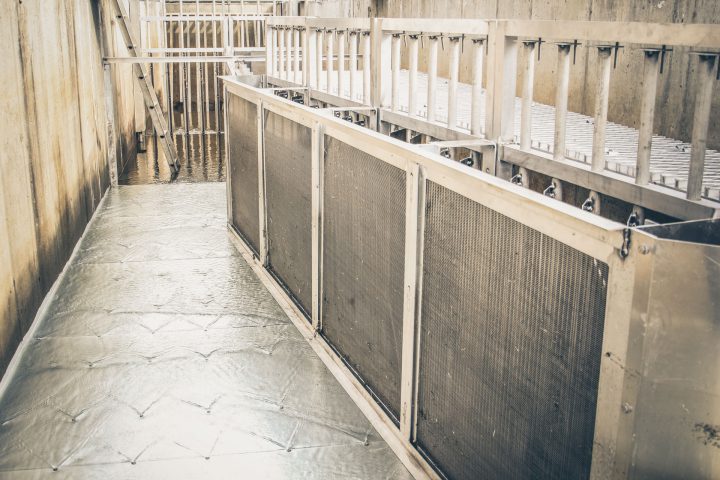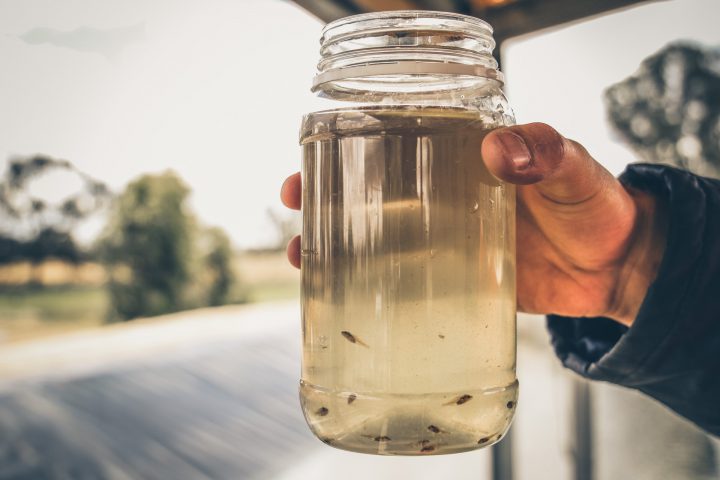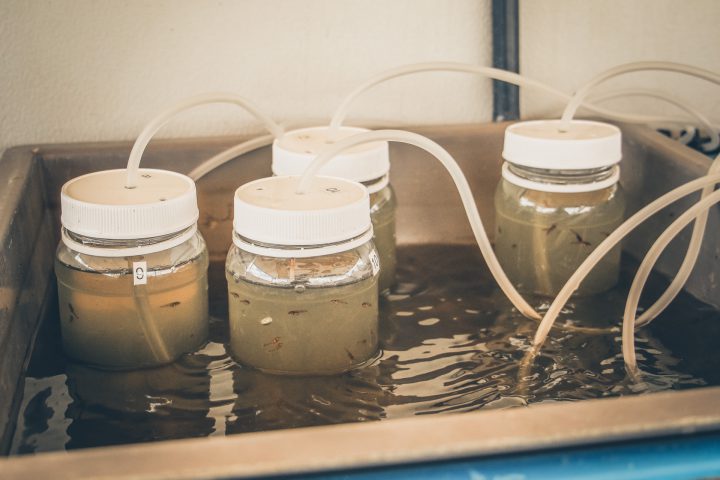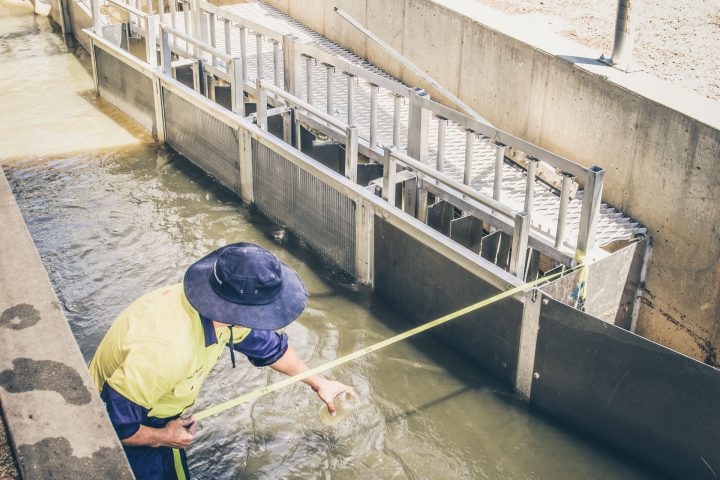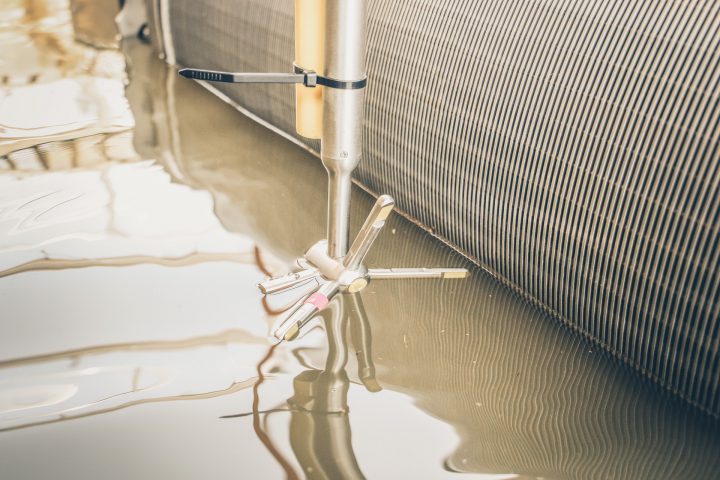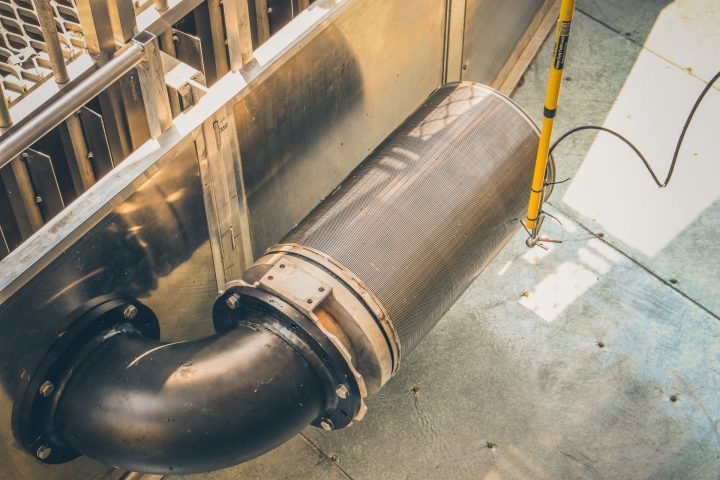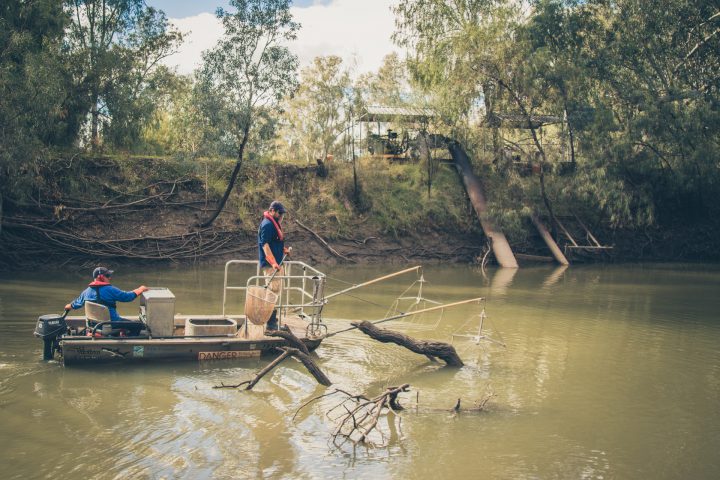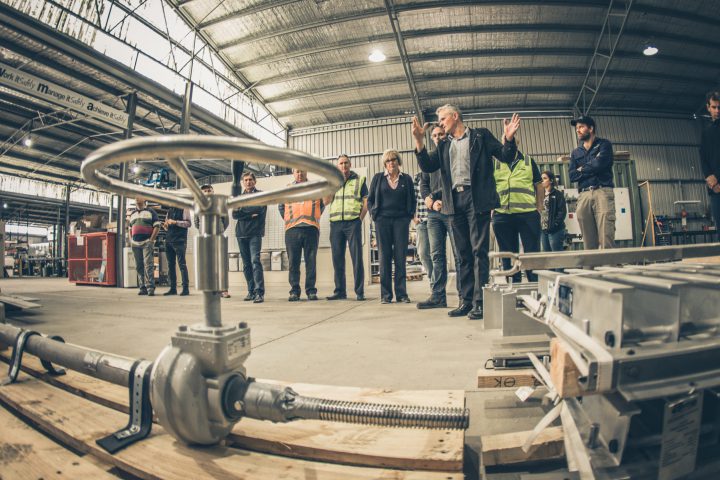QUANTIFYING FISH LOSSES
Australia has some of the best data in the world on fish losses at water diversions. To date, there has been research on pump and gravity-fed diversions across New South Wales, Queensland and Victoria.
The number of egg, larvae, juvenile and adult fish sucked out of rivers is significant, but impacts obviously differ between diversions. Not every diversion impacts fish.
Scientists are working to better understand how these differences are related to diversion type, size, location and time of year that they operate.
With this information, screening projects can be prioritised to ensure funding returns the greatest cumulative improvement to fish populations.
LEARNING FROM OVERSEAS
Modern screens are based on decades of evolution. North America has been screening diversions, to protect migrating salmon, for over a century.
Years of innovation mean screens are now more reliable than ever. It’s also shown that strong partnerships help overcome barriers to modernisation.
Fish Screens Australia has established international networks with farming groups, conservation agencies and screen manufacturers.
We’re now bringing this knowledge to Australia, refining it for local conditions and supporting farmers in upgrading their diversions.
Dr Les Perkins, manager of the Farmers Irrigation District in Hood River, U.S.A., and Dr Adrian Merideth, Principal Scientist, Environment Canterbury, New Zealand, sit on the Fish Screens Australia advisory panel.
GUIDING SCREEN DESIGN
Australian rivers are unique in terms of their native fish communities, hydrology and geomorphology.
Fish Screens Australia researchers have been working in the field and at the FlowLab, a purpose-built facility for screen testing.
The system helps ascertain the best mesh size, velocities and screen orientations for local species and river conditions.
This latest research is the basis for a new practical guide and specifications for screen design.
For background research see: Boys et al. (2021), Boys et al. (2012), Boys et al. (2013a), Boys et al. (2013b), Stocks et al. (2018).
EVALUATING SHOWCASE SITES
Fish Screens Australia is working closely with a number of water users to ensure the performance of new screens is properly evaluated.
That means getting in the water, measuring and observing how screens protect native fish. It also means monitoring the energy consumption, maintenance costs and financial savings.
Together, these data inform the decisions that users and organisations make when investing in screens for single farms or whole catchments.
Field trials are also important way to gauge responses of native fish populations in rivers.
UNDERSTANDING USER CHOICES
Fish Screens Australia is engaging water users to better understand community attitudes towards fish screens. As part of this project, researchers from Charles Sturt University are currently interviewing and surveying a range of water users from across NSW. This research is aimed at better understanding:
- The level of awareness of fish screening options and current screening practices,
- Perceptions towards the benefits and risks of fish screen adoption, and
- The drivers and barriers to the adoption of fish screens.
This research will enable us to better understand the overall fish screening value proposition for different potential user groups and other stakeholders.
We will be publishing these results as they come to hand on this website. You can also participate in this research by contacting us.
COMMUNICATING THE SCIENCE
Good communication is central to Fish Screens Australia.
We’re working hard to understand exactly what people need to know about screens and how they want to access that information.
Over the coming years, we will be making every effort to ensure the right information is getting out there. That means visiting field days and farms, talking to water users and providing updates at conferences and workshops.
We’ll be giving water users and decision-makers the latest information on best-practice screening for Australian conditions.
If you’d like to discuss your local opportunities, use our contact page.
